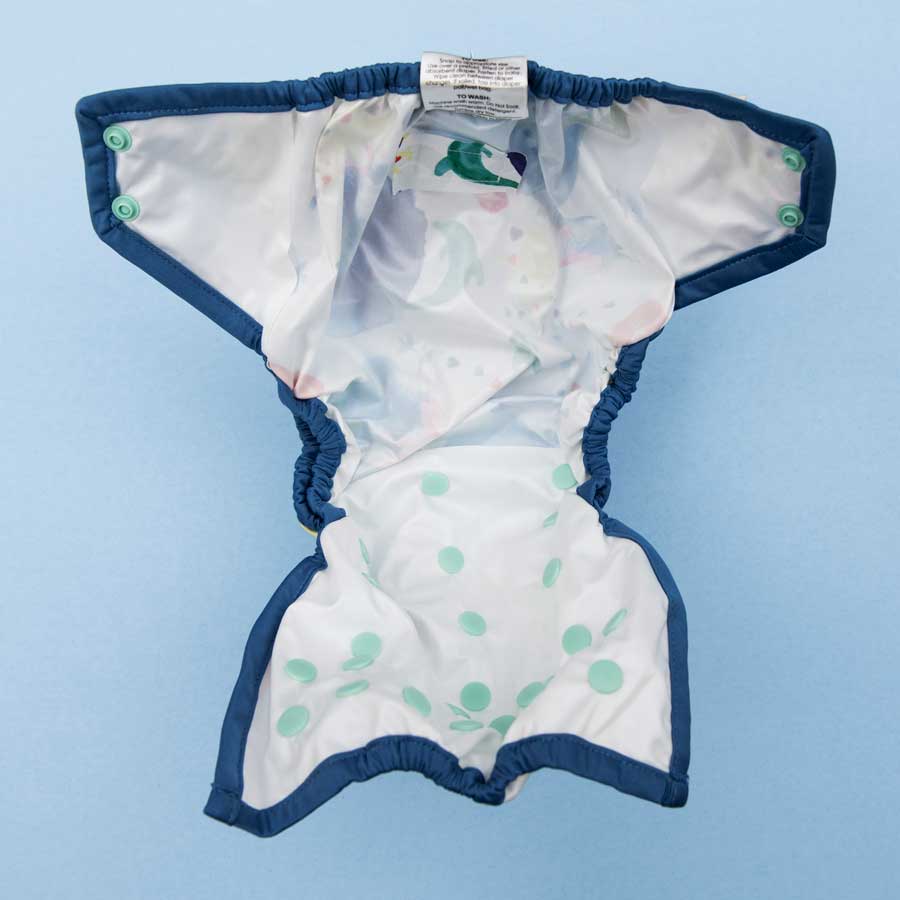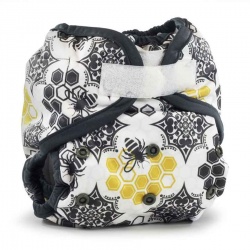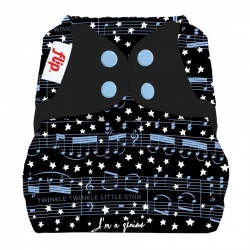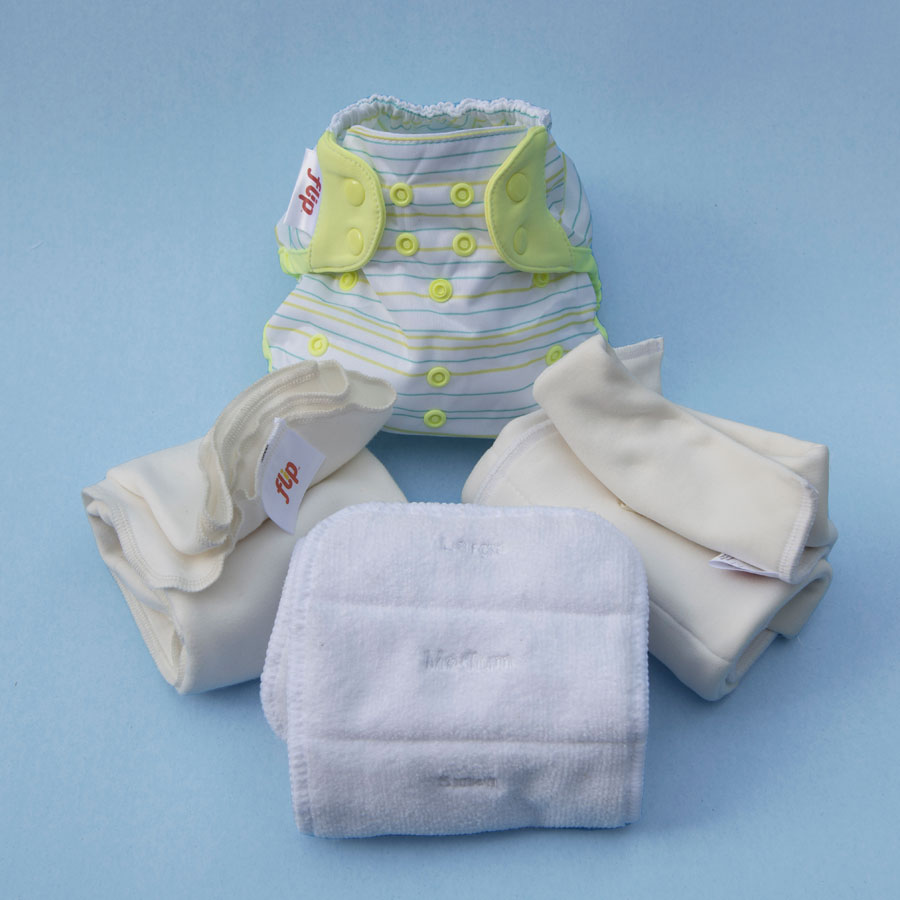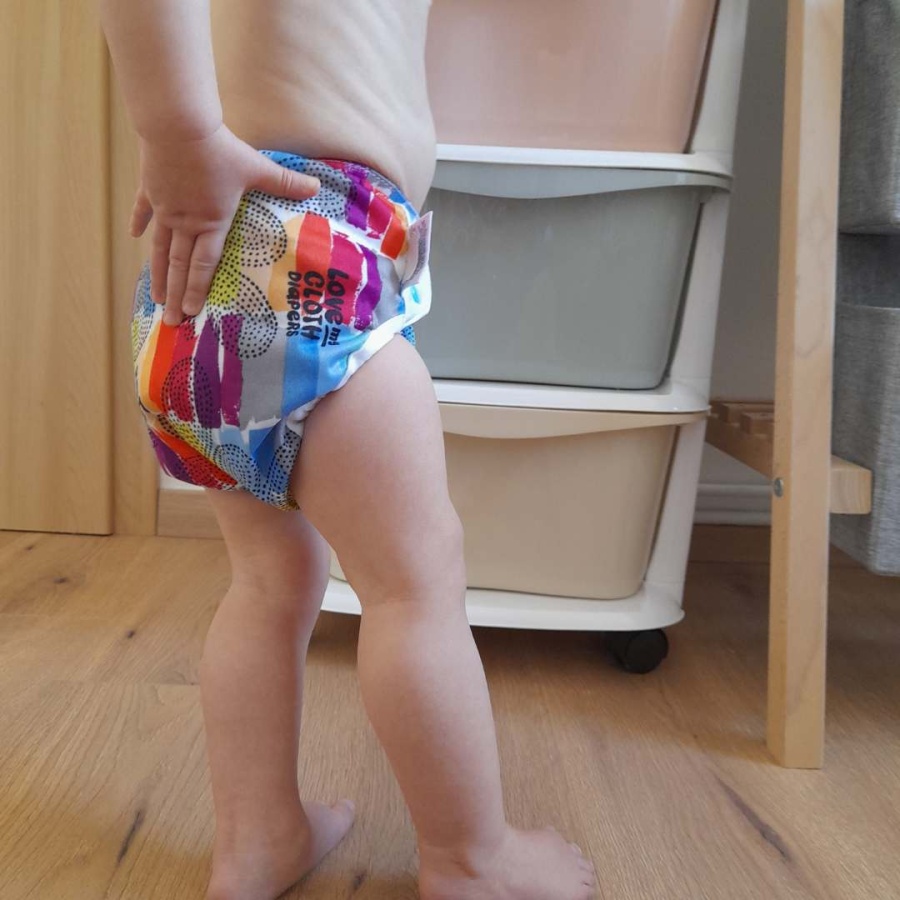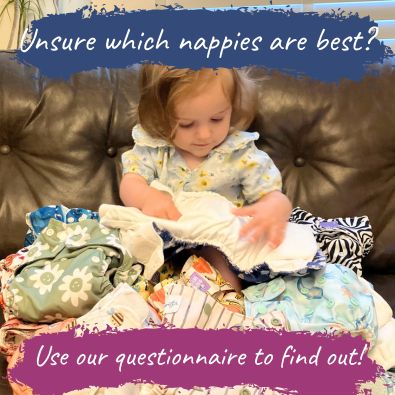All About Nappy Wraps
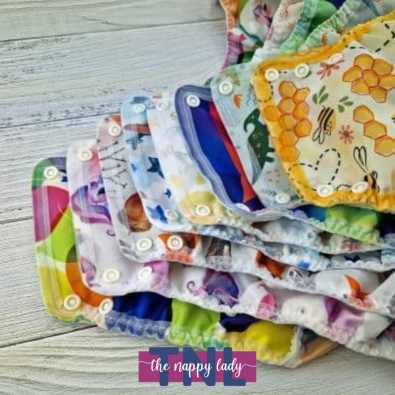
A waterproof wrap is the outermost layer of a two part nappy system, used to stop the moisture soaking through to baby's clothing. They are used over a shaped/fitted nappy such as the Tots Bots Bamboozle or Little Lamb shaped nappy. All in one and pocket nappies come with a waterproof layer built in, so don't need a separate wrap on top.
Often when we mention waterproof wraps people think of the traditional plastic pants previous generations wore, but modern waterproof wraps are nothing like these. Traditional plastic (or PVC) nappy covers/pants are still available to buy in certain high street stores but they really aren't the preferred option to use for your baby. Plastic pants are hot and sweaty, and they tend to leave painful red marks on the waist and legs. Because of this environment, sweat rashes easily develop, especially with night nappies. They may seem very cheap, but because they go hard so easily and need to be replaced, it is a very misleading economy. Bear in mind that the German research warning of the effect on sperm of the overheated atmosphere of a disposable applies just as much to an overheated cloth nappy - which will be the case if plastic or PVC wraps are used.
You will not find any of these types of pants on our website, so please shop in confidence that we only stock modern breathable wraps from trusted brands.
Below are some examples of our best selling modern breathable wraps:
You will need as a minimum at least three wraps, to allow for one on, one in the wash and another for accidents, however this really is the absolute minimum. We recommend you have a ratio of 1 wrap for every 4 nappies to ensure you don't run out. The same ratio applies to an all in two nappy system. The younger the baby, the more you are likely to need in 24 hours.
I would recommend using the same wrap for no more than 12 hours or so at a time. So your baby will wear one wrap for around 4 nappy changes during the day, then a clean one overnight. If the wrap is just wet, simply wipe down the inside of the wrap with a tissue or muslin at each nappy change before putting in the nappy bucket at the end of the day. If the wrap has become soiled with poo then you would change to a clean one.
As a general rule wraps should not be tumble dried or soaked, as this may damage the waterproofing. Some can be tumble dried on low, but it is rarely worth the risk, as they usually air dry exceptionally quickly.
When you put the wrap on, feel around the top and the legs to make sure it completely covers the nappy and nothing is sticking out, otherwise the wet will wick out onto clothes.
You also get a choice of nappy wraps that fit 'birth to potty' or that come in different sizes as baby grows. Sized options are more expensive as you need to replace them as baby grows. The fit however is MUCH better at each stage which in turn makes them far more reliable. You are also spreading the wear across your nappy system so if you have more children the wraps will be in better condition.
Below are some examples of our best selling sized wraps:
Birth to potty wraps are more economical as one size fits most of the time, however they are less likely to last more than one child due to the amount of wear and tear they get over 2-3 years. While these wraps are called 'birth to potty/onesize', really they start working best from 10/12lbs so you may still find yourself using a newborn sized wrap for the early months before moving into the Onesize. Our best selling birth to potty wraps are the Thrive Canopy wrap, which fits over many fitted nappies and is also suitable for pad folded prefolds, and the Bambinex onesize which is a deep wrap so also an option for use over terry squares.
Below are links to our best selling Onesize wraps:
Our best selling wraps for over 22 years are the Mother-ease covers. Mother-ease covers are truly wick resistant. Wicking is where the outer wrap picks up moisture from the nappy underneath (like if you put the corner of a tea towel in a mug of water, the water would slowly travel through the tea towel). They are sized so you move through sizes as baby grows. Mother-ease make two types of wraps: Rikki which are velcro fastening, and Airflow that fasten with poppers at the side. The Rikki are a trimmer fit which makes them very popular on newborn babies, however the Airflows are the more breathable wrap and tend to be the most popular choice.
If you are on a budget don't compromise on the quality of your wrap but compromise on the nappy underneath. An excellent wrap will make even the cheapest nappy work.
Wool nappy wraps are becoming increasingly popular and are a comfortable, breathable option. They are also perfect for families wanting to minimise plastic-derived products in their home. If you're interested in Wool wraps read our separate wool wraps article here.
How Frequently Do You Change Cloth Nappies?
Nappy wraps are generally changed 3 times a day for a newborn, this being on waking, early afternoon and then at bedtime. As baby gets older the wrap will be changed approximately every 12 hours so on waking and at night.
For the absorbent nappy underneath during the day, every 2½ - 4 hours, depending on baby's age and how heavy a wetter they are, but always straight after a poo. At night, if you add extra absorbency, the baby can stay in the same nappy for 12 hours or more (unless they poo). Visit our how often to change cloth nappies article for full details.
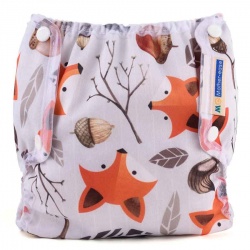
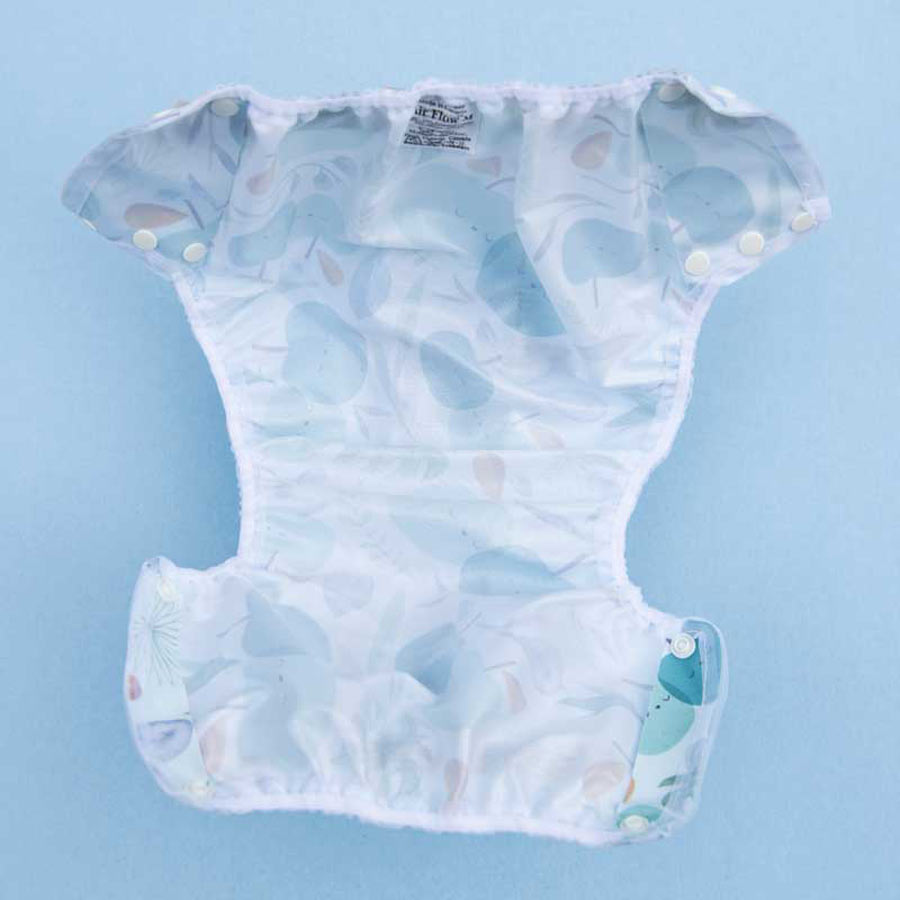
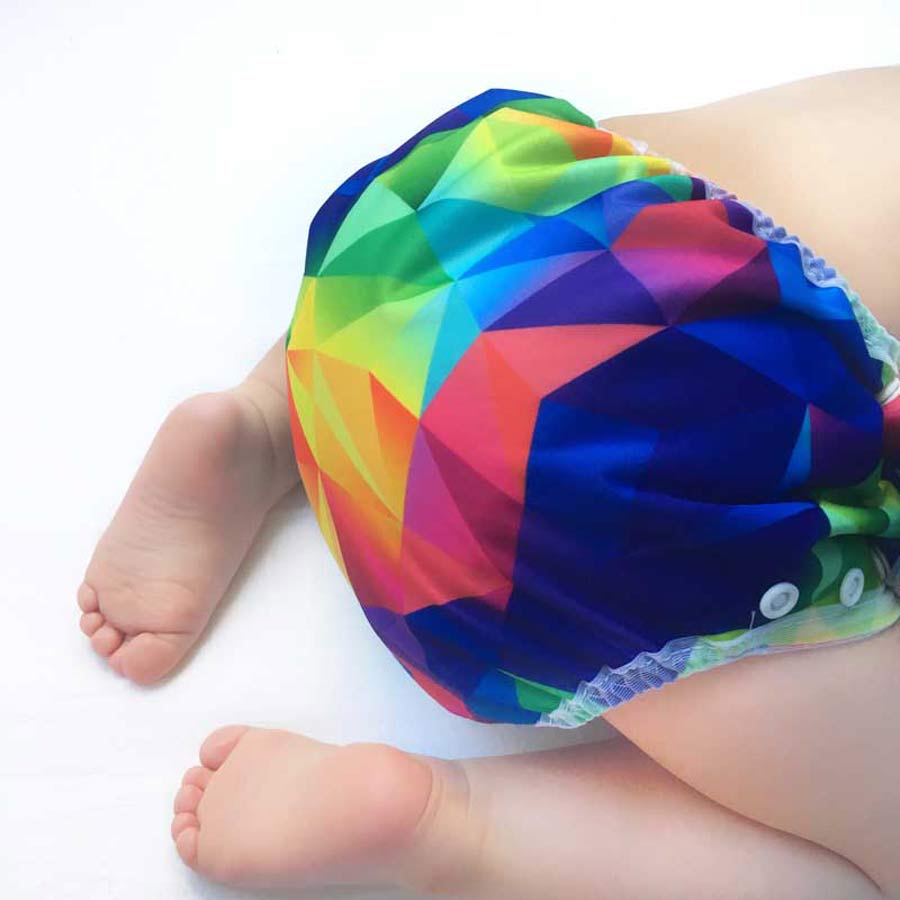
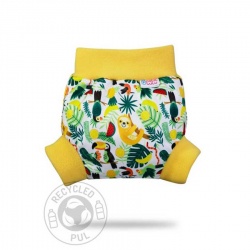
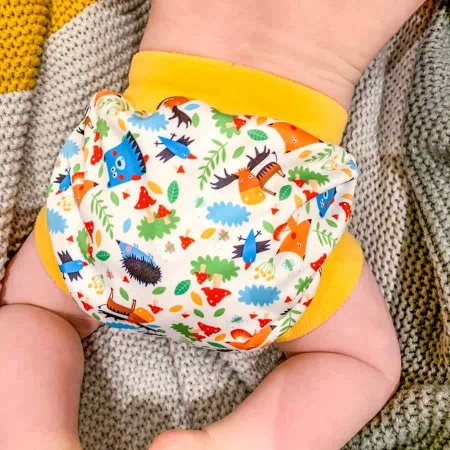
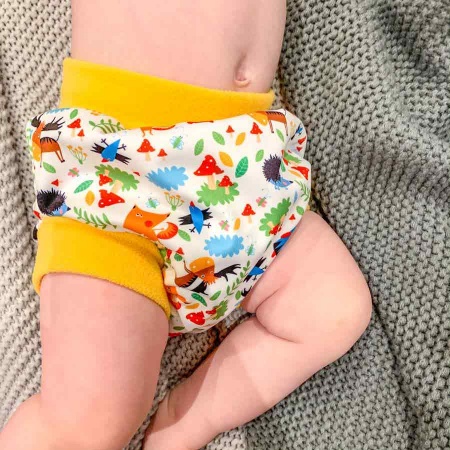
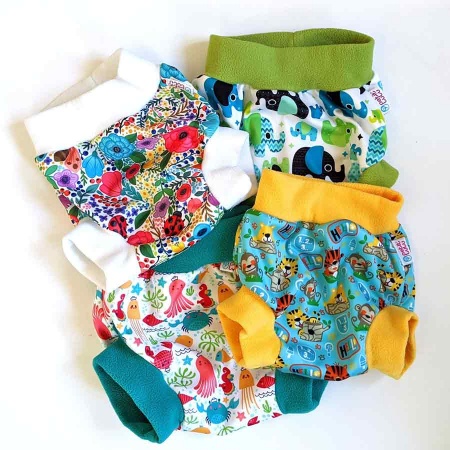
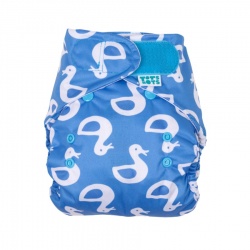
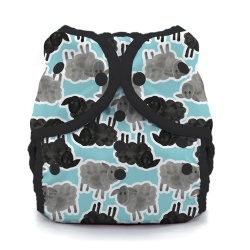
.jpg)
.jpg)
.jpg)
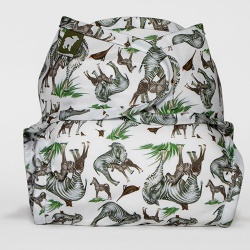
.jpg)
.jpg)
.jpg)
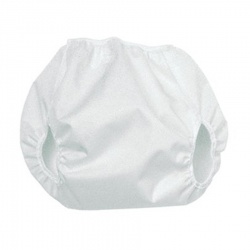
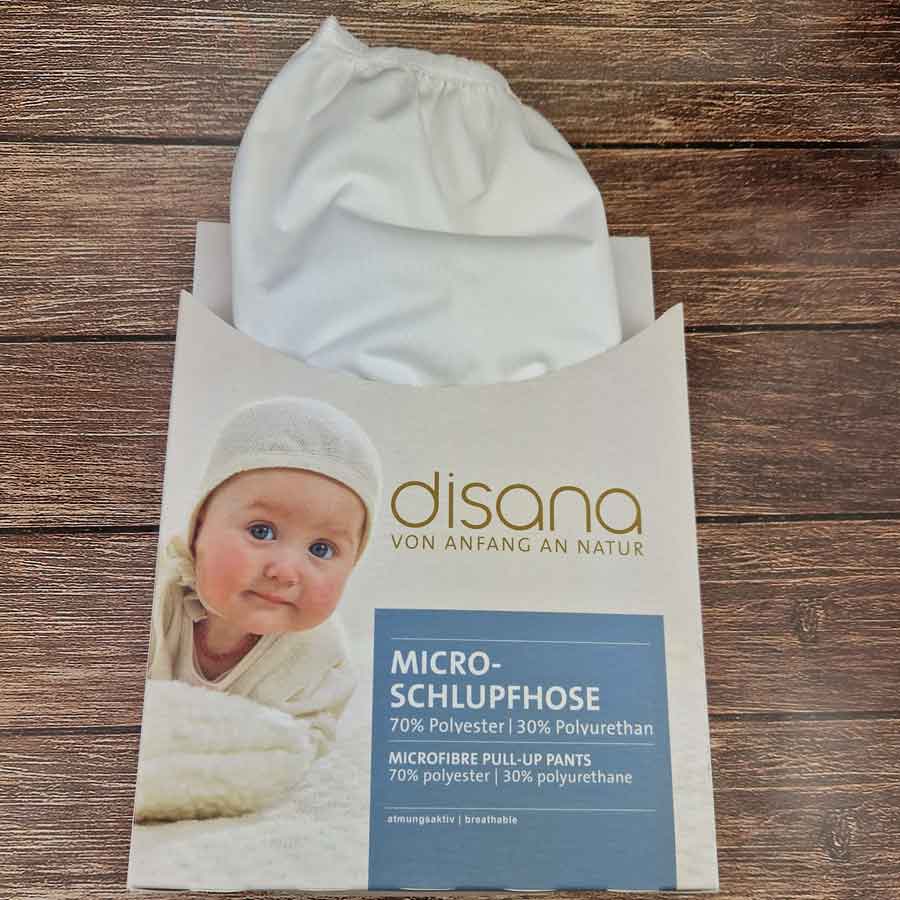
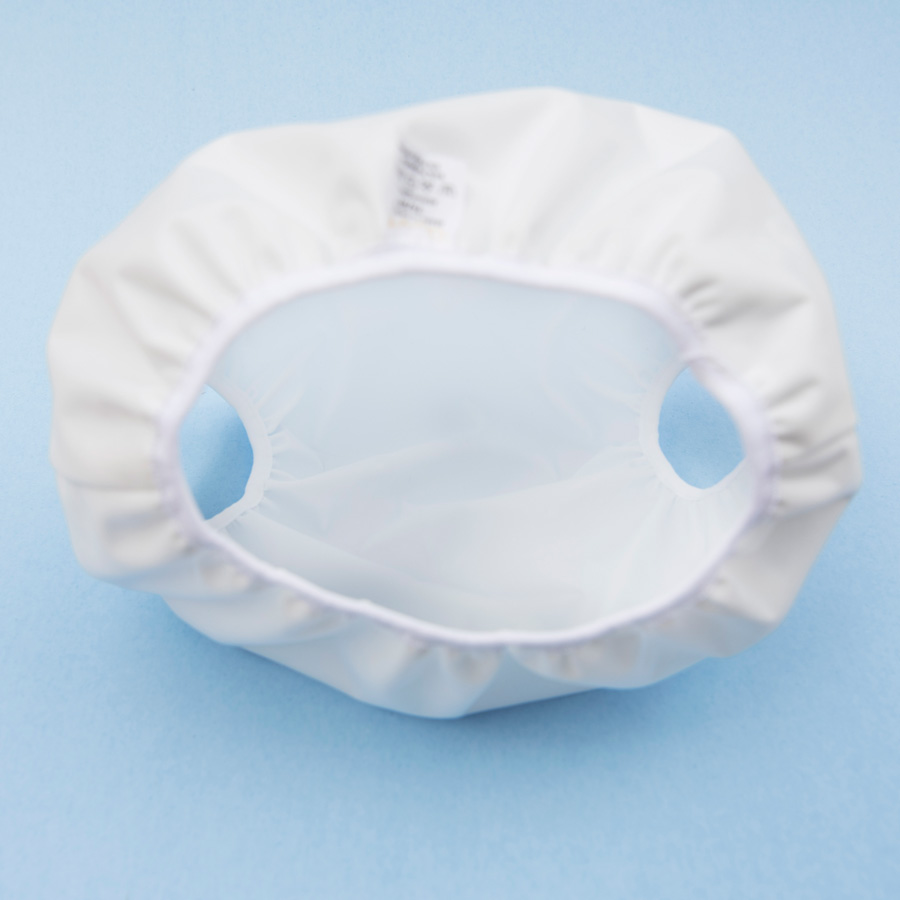
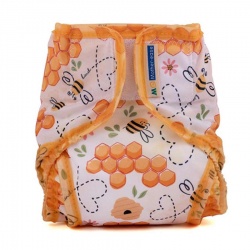
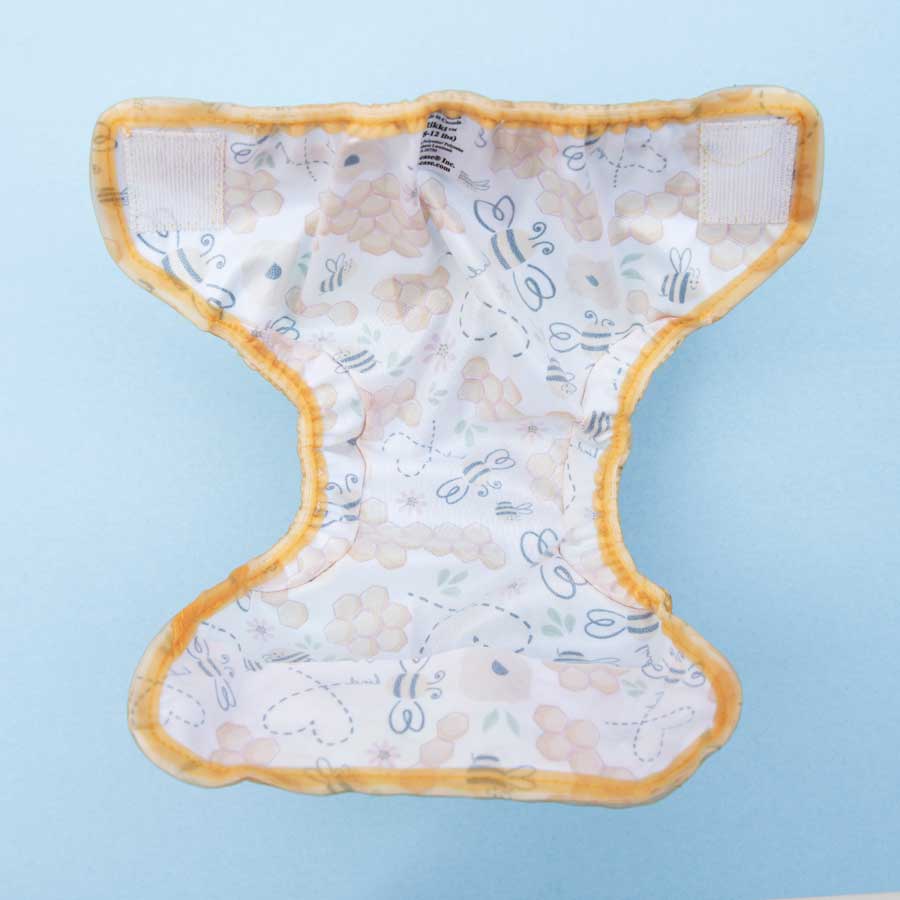
.jpg)
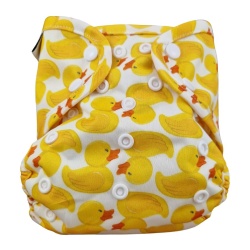

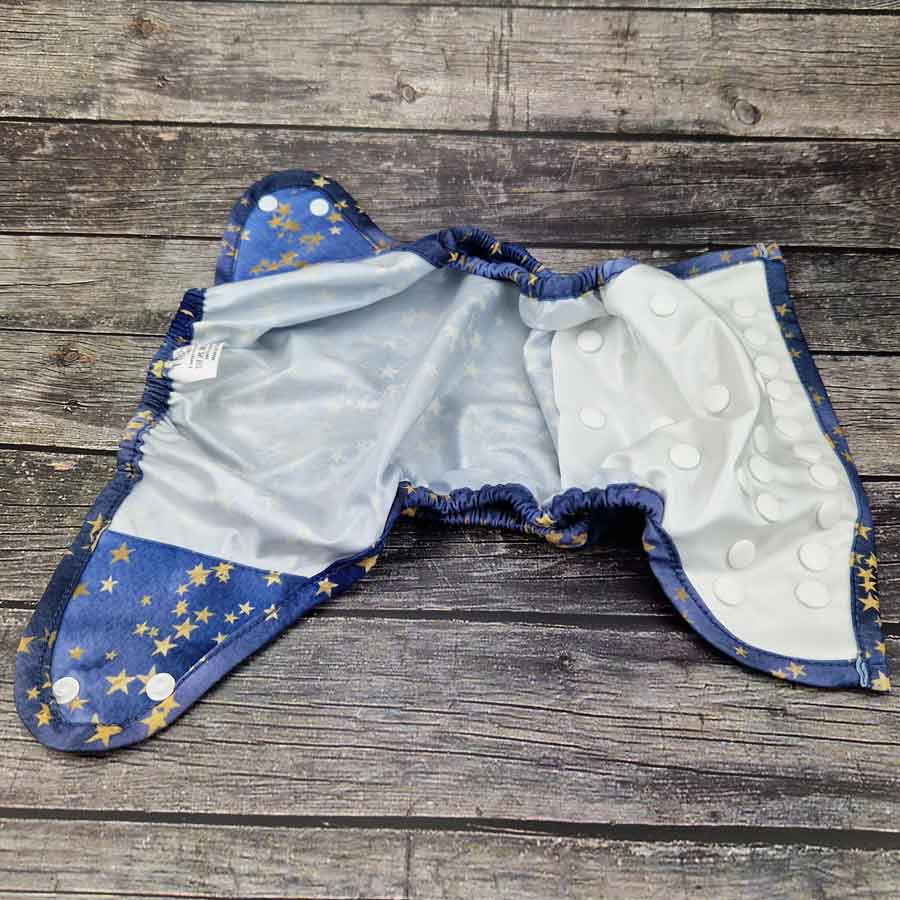
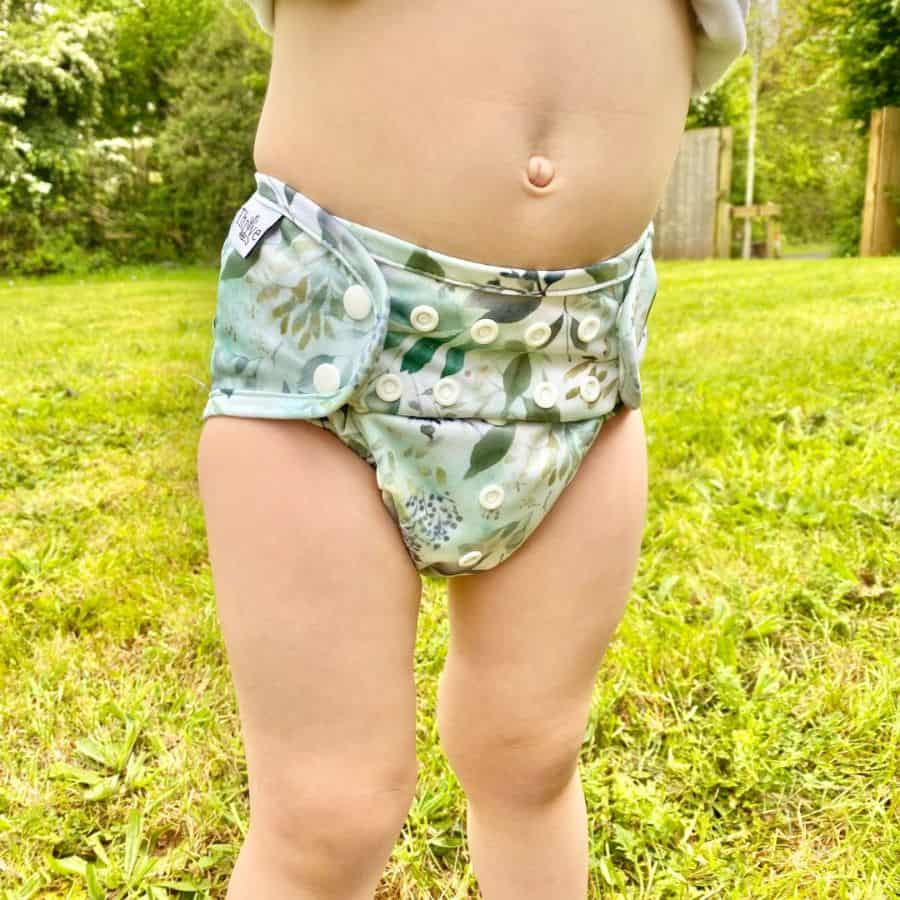
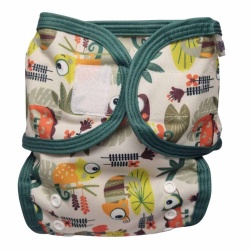
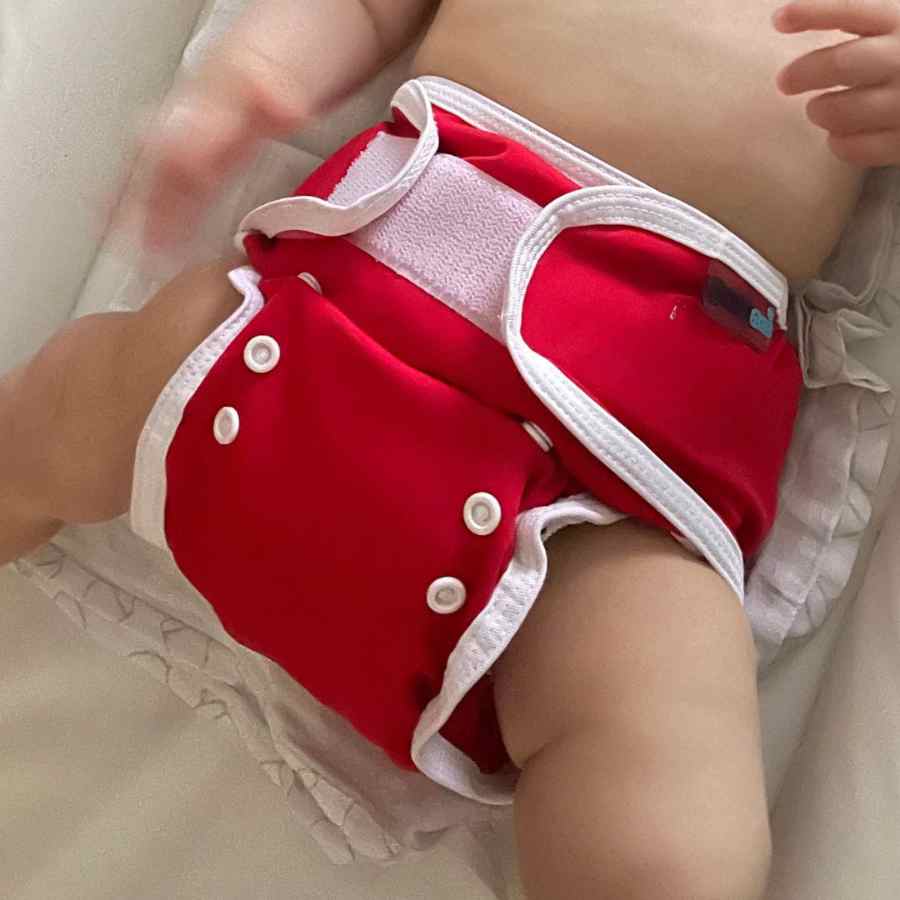
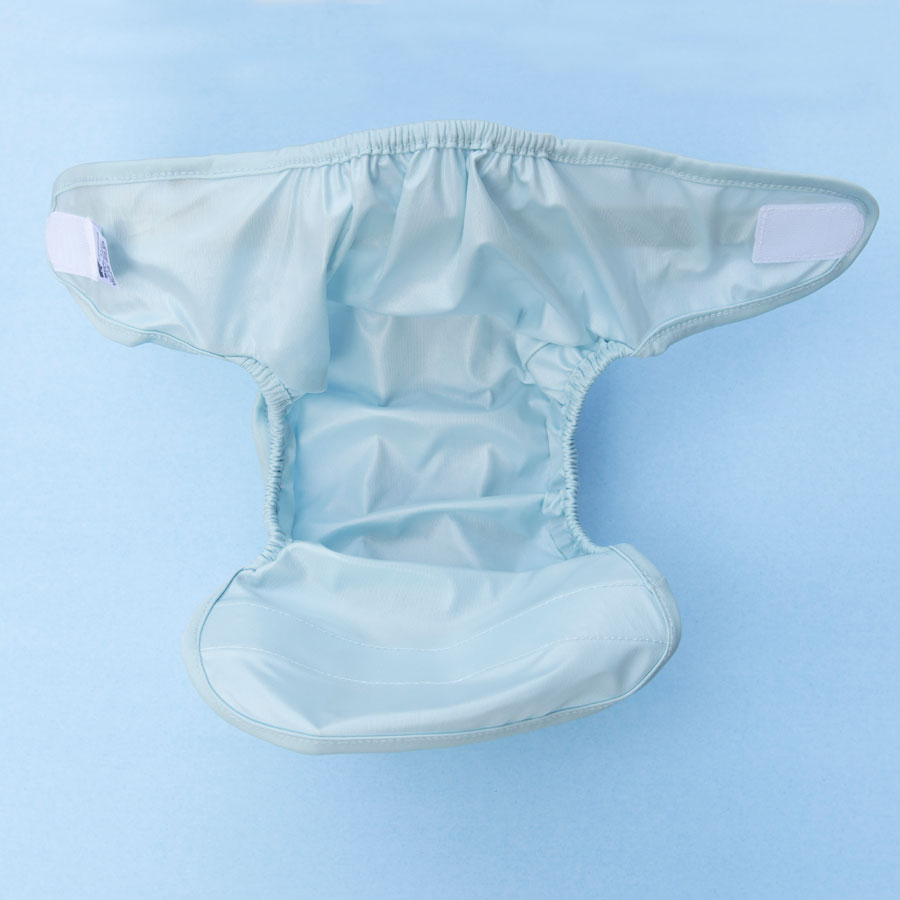
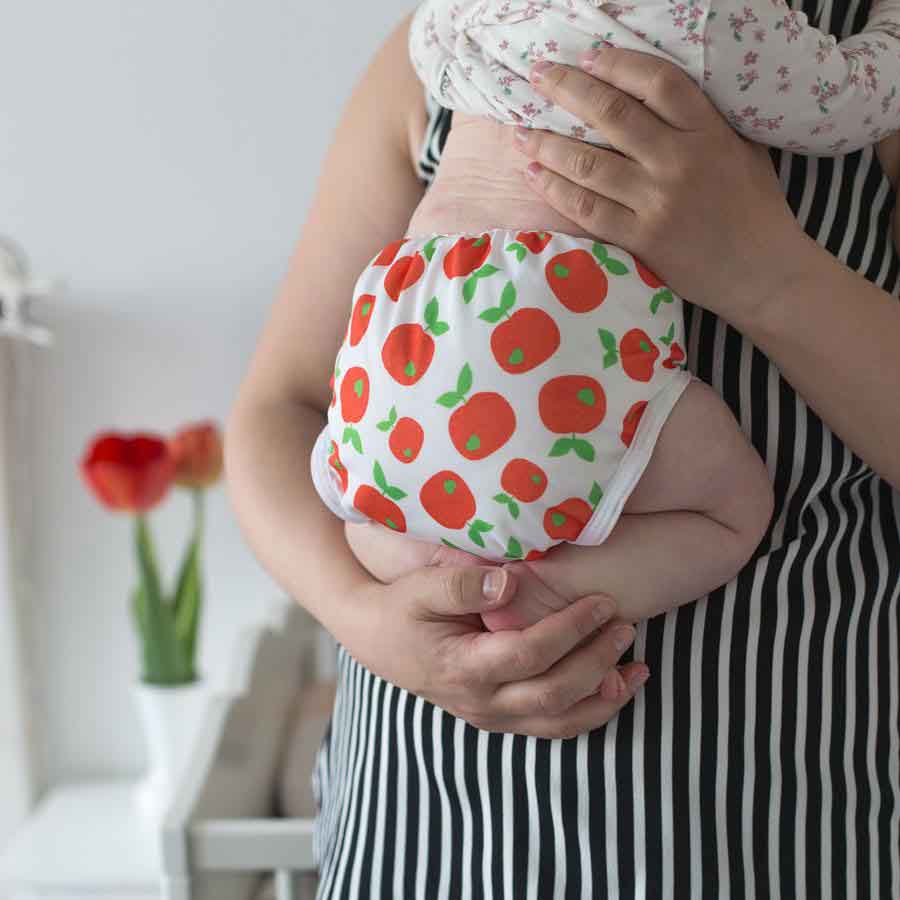
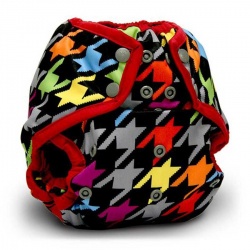
.jpg)
.jpg)
